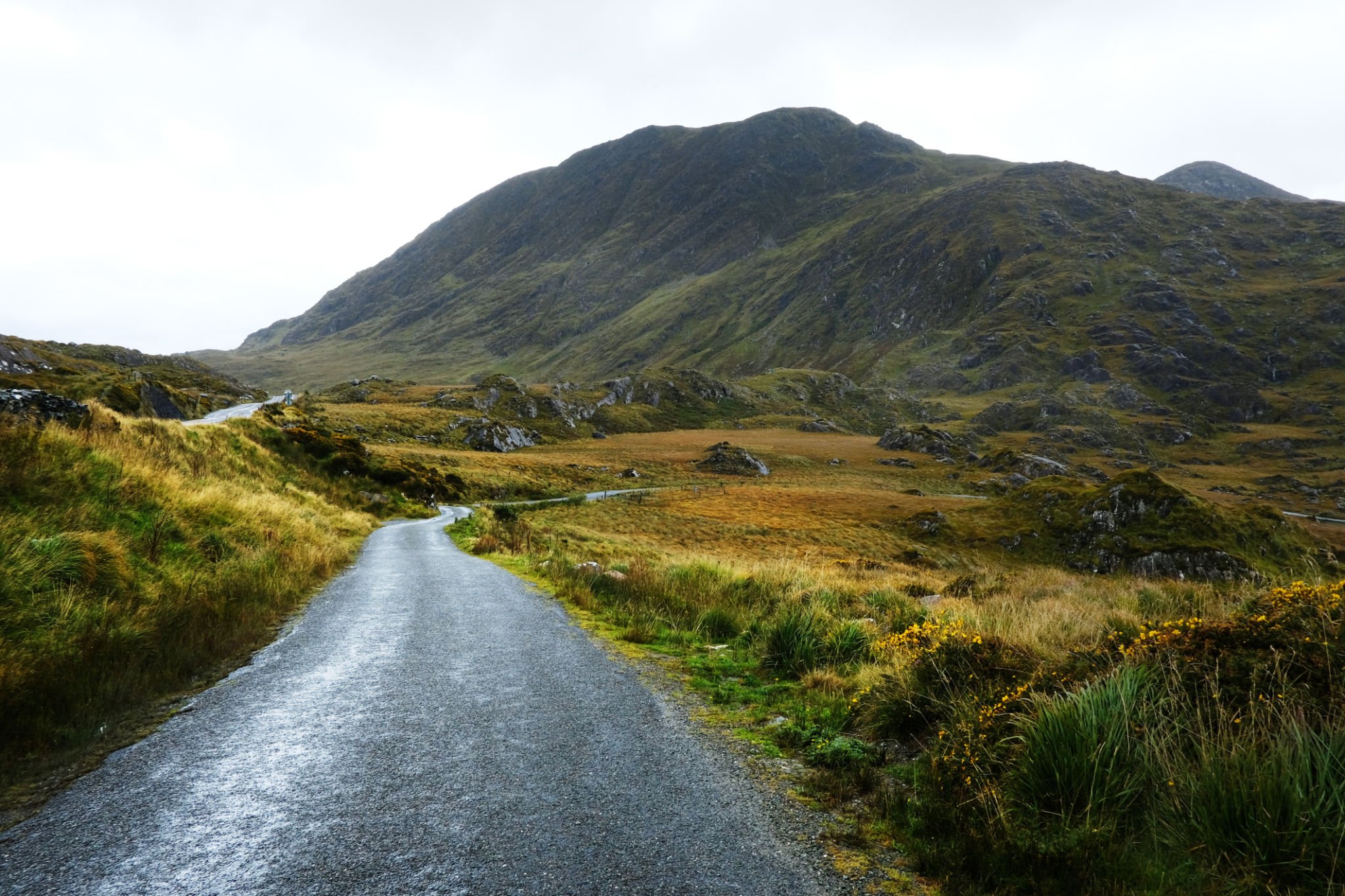Lessons for Irish Agriculture from New Zealand's Climate Response
Introduction
New Zealand and Ireland are often compared as small, export-driven farming nations built on grass, livestock, and family enterprise. But over the past two years, New Zealand has become a global example of what can happen when climate policy races ahead of practicality.
What began as a bold attempt to price on-farm emissions turned into one of the biggest rural protests in a generation. For Ireland, now facing its own environmental tightening, from nitrates limits to CAP compliance, the lessons are worth paying attention to.

The New Zealand Experiment — and Why It Faltered
In 2023, New Zealand introduced the He Waka Eke Noa plan, a world-first proposal to charge farmers for methane and nitrous oxide emissions from 2025 onward. The aim was to cut agricultural methane by 10% by 2030 and 24–47% by 2050, in line with national climate law.
It didn’t go to plan. Farmers argued the proposals were rushed, confusing, and economically crippling. Rural protests erupted, with tens of thousands of farmers joining tractor convoys across the country in 2023 and 2024.
By early 2025, the newly elected government formally scrapped the pricing system, promising to develop a “new, fairer framework.” Yet the core problem remains: agriculture still accounts for about 49% of New Zealand’s total greenhouse gas emissions, most of it methane from livestock.

The Irish Mirror Image
Ireland’s profile isn’t far off. Agriculture is responsible for around 37% of national emissions, the highest share of any EU member state. There are about 7.3 million cattle and 3.6 million sheep in Ireland, close to New Zealand’s 5.9 million dairy cows and 3.7 million beef cattle for roughly the same population size (about 5 million people).
Ireland also exports roughly 90% of its dairy output and the majority of its beef. In both countries, farm livelihoods depend heavily on global markets, meaning even small policy shocks ripple quickly through local economies.
The crucial difference is that Irish farmers still receive CAP supports, while New Zealand farmers have operated without subsidies since the mid-1980s. That gives Ireland’s farm sector more financial cushioning, but also means it faces more oversight and environmental conditionality.

When Climate Meets Cashflow
According to New Zealand’s Climate Change Commission, a farm-level emissions price of €0.02 per kilogram of methane could reduce average farm profits by 5–10% and push many marginal beef and sheep farms below viability.
In Ireland, Teagasc’s 2024 modelling suggests that achieving the national 25% emissions reduction target by 2030 could cost a typical dairy farm €5,000–€8,000 per year in new compliance, investment, and management costs.
For beef and sheep farms, where average family farm income sits around €25,000 that level of additional cost could be decisive. It’s not that farmers reject climate action; it’s that they can’t absorb poorly designed change.

Policy Lessons: Bring Farmers With You
New Zealand’s downfall wasn’t the goal, it was the approach. Farmers felt policy was done to them, not with them. Consultation was promised but often superficial. The result was mistrust and a rapid loss of legitimacy.
Ireland risks softer versions of the same tension. The nitrates derogation reduction from 250 kg N/ha to 220 kg N/ha, effective in 2024, hit over 3,000 dairy farmers, forcing some to sell stock, lease more land, or invest heavily in slurry storage. Many now question whether environmental policy is moving faster than the infrastructure and grant systems that support it.
Without early engagement, clarity, and consistency, even well-intentioned reforms can backfire, as New Zealand learned the hard way.

Innovation: Turning Pressure into Progress
Not everything from the New Zealand story is negative. Once the pricing proposal collapsed, the focus shifted from taxation to innovation. The government, universities, and private firms ramped up research into low-emission solutions, investing heavily in feed additives, genetics, and soil carbon science.
Trials using the red seaweed Asparagopsis taxiformis, a methane-reducing feed additive, have shown up to 80% methane reduction in controlled trials, but more realistically 30–40% reductions under real farm conditions.
Ireland’s own version of this innovation drive is visible in Teagasc’s Signpost Programme and Meth-Quest Project, where farms are trialling additives, clover-based swards, protected urea, and slurry separation systems. If scaled up, such measures could reduce agricultural emissions by 1–2 million tonnes of CO₂ equivalent annually by 2030, roughly the same as taking 200,000–400,000 cars off Irish roads.
The key lesson? Incentivise innovation, don’t penalise production.

The Road Ahead for Ireland
Ireland still has time to get this right. Farmers have already shown willingness to adopt greener methods when the economics make sense, whether through solar installations, improved nutrient management, or reseeding with multi-species swards. But policy must reward that effort in a way that’s predictable, fair, and proportionate.
If climate targets become moving goalposts, the credibility gap widens. What’s needed now is stability, multi-year clarity on CAP eco-schemes, practical grant timelines, and transparent carbon accounting that reflects real-world farm efficiency.

Conclusion
New Zealand’s experience is a warning, not a condemnation. Push too hard without bringing farmers along, and even the greenest intentions can collapse under rural backlash.
Ireland’s agricultural future depends on getting the balance right, between ambition and practicality, between sustainability and survival. If Irish policy-makers and farm leaders can learn one thing from New Zealand, it’s this: climate action will only succeed when it’s built with the people who live it every day.
*By Anne Hayden MSc., Founder, The Informed Farmer Consultancy.
